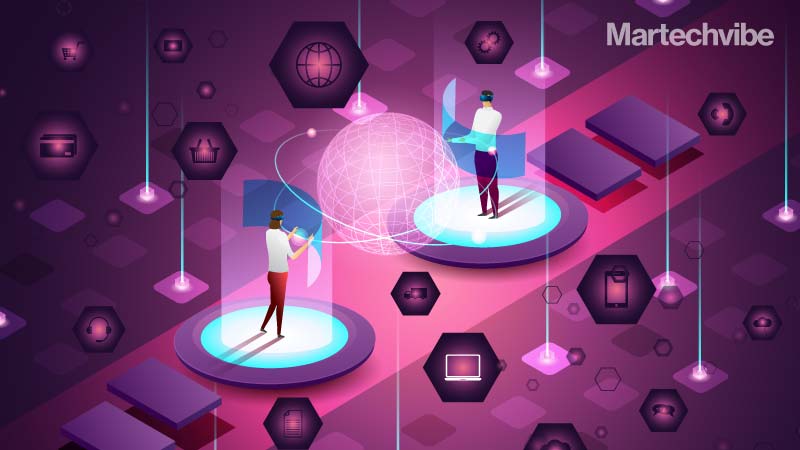Explained: Composable DXP
TLDR: Composable DXP, or composable digital experience platform stems from the idea of web content management that integrates tools, channels, and services to deliver the end-user experience. It’s a digital experience platform assembled from a series of best solutions via APIs and leveraging microservices architecture. In short, it’s a system linking products together and organises assets as editable modules that are easy to find and update.
Topics
What to Read Next
- Cvent to Acquire ON24 for $400 Million
- MobiLoud Unveils AI-Powered Analytics Dashboard for Mobile App Insights
- Avaya Chooses Gemini Enterprise & Google Workspace to Power AI Strategy
- Optimove Launches New Email Marketing Solution
- iMini AI Integrates Kling 2.5 Turbo & Wan 2.6 for Next-Gen AI Video Creation

With the proliferation of software applications in the Martech space, companies need the flexibility to choose the capabilities and technologies that best fit their needs. With monolithic digital experience platforms, businesses can’t meet market needs, so updating tech stacks to deliver task-oriented capabilities is a must. A composable DXP future-proofs the stack, managing all content and campaigns in a central hub.
Composable DXP has CMS in the centre but goes beyond web content management, connecting to the technology stack, such as CRM or ERP, and includes marketing automation tools, personalisation engines, analytics, and eCommerce capabilities. They expand beyond websites to IoT devices, mobile apps, and smartwatches. A headless CMS, consisting of an editorial back-end but no fixed front-end, has made composable DXPs a viable option.
Connects everything more efficiently
In 2020, Gartner published Adopt a Composable DXP Strategy to Future-proof Your Tech Stack, where it predicted that by 2023, 60 per cent of organisations would make the composable business a strategic objective, as companies who adopt a composable DXP approach deliver new features 80 per cent faster than those using suites. Composable DXP connects everything more efficiently. The research firm states, “Organisations use a DXP to compose, manage, deliver, contextualise and optimise digital experiences across multiple channels in B2C, B2B, and B2E use cases.
Is it different from the regular DXPs? Yes, it is. The new term originates from composability, a pattern for decoupling services and components into interdependent, modular parts. Composable DXP is purpose-built to be easy to customise and use. It allows enterprises to adopt a cloud-and-microservices-based approach to utilising a DXP, essentially bringing a microservices approach to the DXP space.
Sitecore’s SaaS offerings support a composable DXP model, which is available as independent services and can integrate with services from other providers. Even Brightspot’s extensible architecture fits well with composable DXP.
Benefits of composable DXP
Seamless customer journey: Composable DXP connects all digital aspects of your business to create a customer journey — using APIs, marketing and sales teams’ data can be coordinated in real-time. It helps deliver content and digital experiences to customers with more agility and flexibility than a single, integrated platform. It enables seamless personalisation, as consumers use many channels and expect a personalised experience. The composable DXP creates personalised customer journeys and analyses what works since all the pieces are connected.
Faster, cheaper, and more accessible: Composable DXP eases the complexity of omnichannel and publishes content across multiple experiences, allowing the addition of new channels and formats. Creating new sites and apps in composable DXP is easier as fewer dependencies are associated with each capability. Even deployments are faster, cheaper, and easier to plan and schedule, so you don’t have to replace everything or train people again.
Evolve and experiment: One of the most significant benefits of a composable DXP is that it can comprise the best tools — you can combine and customise technology components from vendors, easily swap in and out capabilities and products at your own pace, avoiding vendor lock-in. You can use existing solutions you subscribe to and make incremental changes and updates to composite parts. It allows businesses to experiment with ideas with less risk and the flexibility to connect to other pieces of software to improve the platform through customisation.
Businesses need to react to changing customer expectations and emerging technologies. As digital experience is fraught with unpredictability with things changing constantly, businesses should future-proof their digital capabilities. The flexibility of a composable DXP ensures businesses can operate to the same level in the coming years.








































































































